When was the last time you did something for the first time?
Take a minute and think about it.
No, really: Think about it.
Was it today? Yesterday? Last week? Last month?
When was the last time you challenged yourself to break from routine, explore a new skill, or even give yourself the space to grow, stretch, and learn something different from that which you currently know to be true?
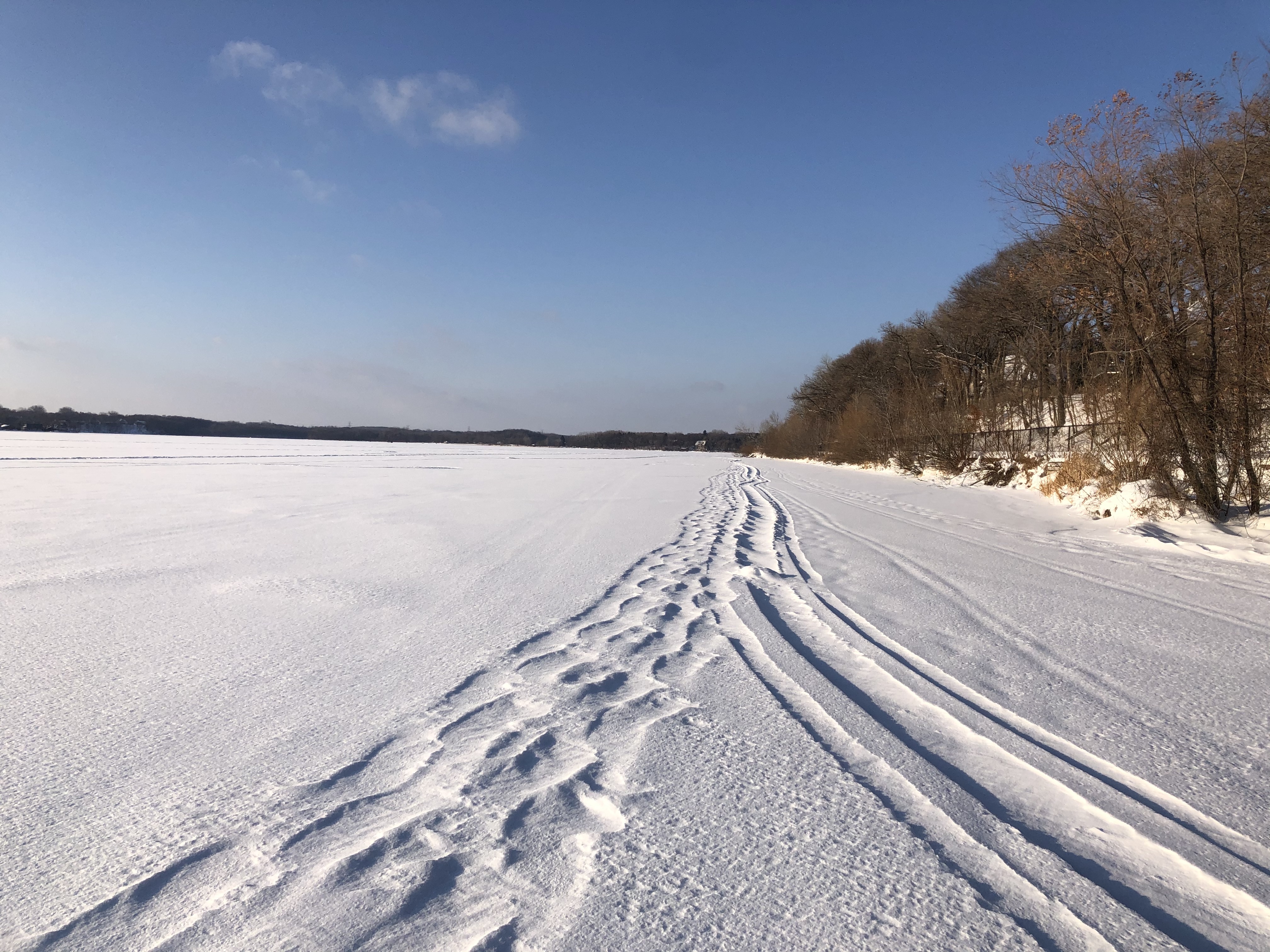
I recently listened to an episode of Brené Brown’s Dare to Lead podcast where she interviewed neuroscientist Dr. David Eagleman to discuss his new book Livewired: The Inside Story of the Ever-Changing Brain, and I can’t stop thinking about the concepts they explored[1]. Throughout the conversation the duo dug into several fascinating topics, many of which directly relate to (and reinforce the importance of) my “one thing a day” challenge of stepping outside my comfort zone and stretching myself to continually learn and grow. Specifically, as Brown and Eagleman unpack, the brain is mysterious, malleable, and constantly changing; it craves newness and is continually up for original challenges. That said, being uncomfortable and trying new things doesn’t just broaden our perspectives and widen our worldview, it is actually fundamental for our continued brain development and overall health.
In fact, the single most important thing we can do as we grow older is constantly challenge ourselves to learn and experience new things, particularly things we’re not naturally good at or may even find frustrating. Keep in mind, these “new things” don’t need to be particularly extreme or novel in order to create great change. Our brains are constantly rewiring, forming new neuropathways and connections, and reshaping in response to our environment, so even something as simple as having a conversation with a stranger can spark notable growth. Indeed, the brain is inherently malleable and will continue to stretch, grow, and develop new ways of thinking and reasoning… if we challenge it to do so.
The key here is if. And it’s a pretty weighty condition at that. For if we don’t do this, if we fail to consistently challenge ourselves, then our brains will not continue to form new neuropathways and connections, and we will inevitably reach a sort of stasis, a neurological impasse if you will. The consequences of this only worsen with age as cognitive deficits become clearer and more pressing. In this way, not stretching ourselves to get uncomfortable and learn new things might ultimately be one of the biggest, most pressing existential and physiological threats we face.
As someone who would prefer to build strong, healthy neuropathways and avoid large existential threats to any extent possible, this winter I’ve repeatedly sought to test my brain’s malleability by getting outside to snowshoe. While snowshoeing isn’t necessarily difficult or even particularly physically exerting, it does require a certain level of patience and coordination as you essentially retrain your brain how to walk. Your feet seemingly grow several inches as soon as you buckle in to your snowshoes, and navigating uneven icy terrain is no small feat.
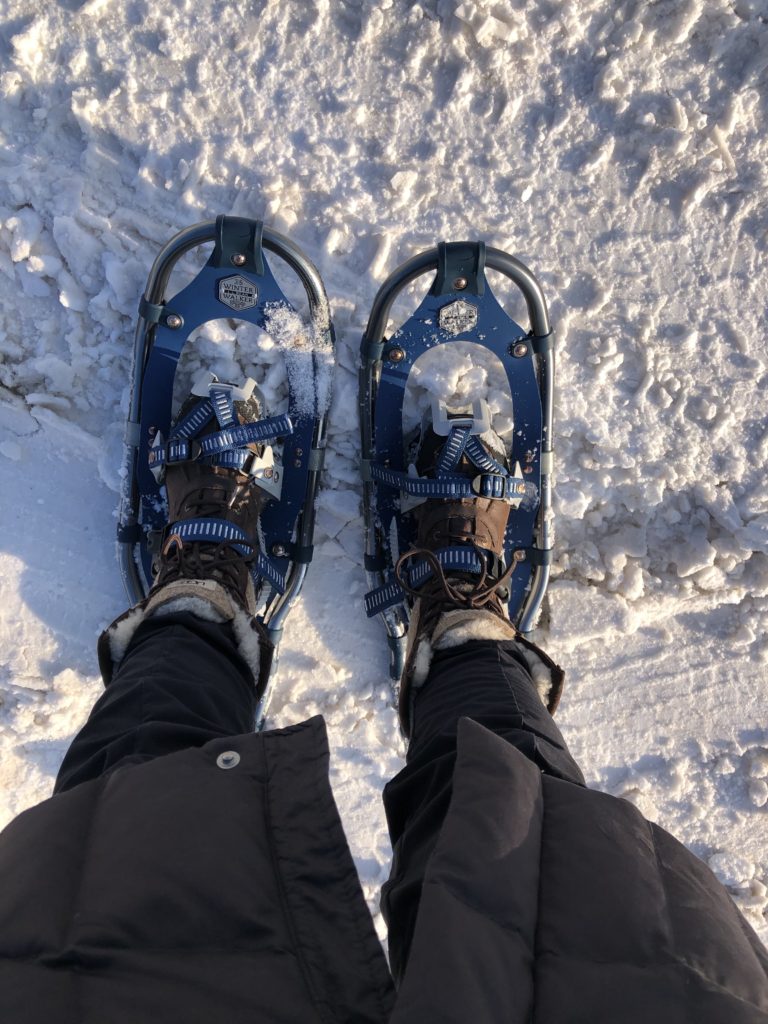
However, in addition to relearning how to walk, what I believe makes snowshoeing particularly conducive to brain health is how it essentially forces you to rethink your perception of winter and reimagine what’s possible during the most frigid, inhospitable months of the year. It’s no secret that cold weather can easily influence our desire to stay inside, hunker down, cozy up, and ward off anything that might cause discomfort. And yet—for our health and sanity— it’s crucial that we intentionally rewire our thinking and take up as many opportunities to get outside and be active as possible.
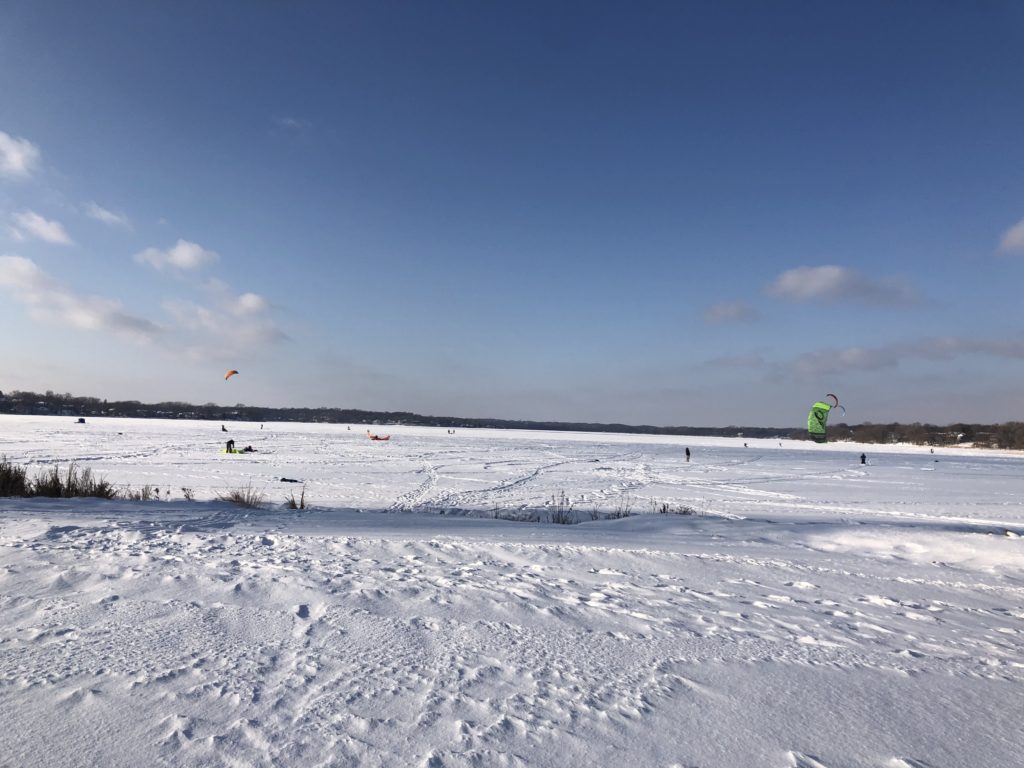
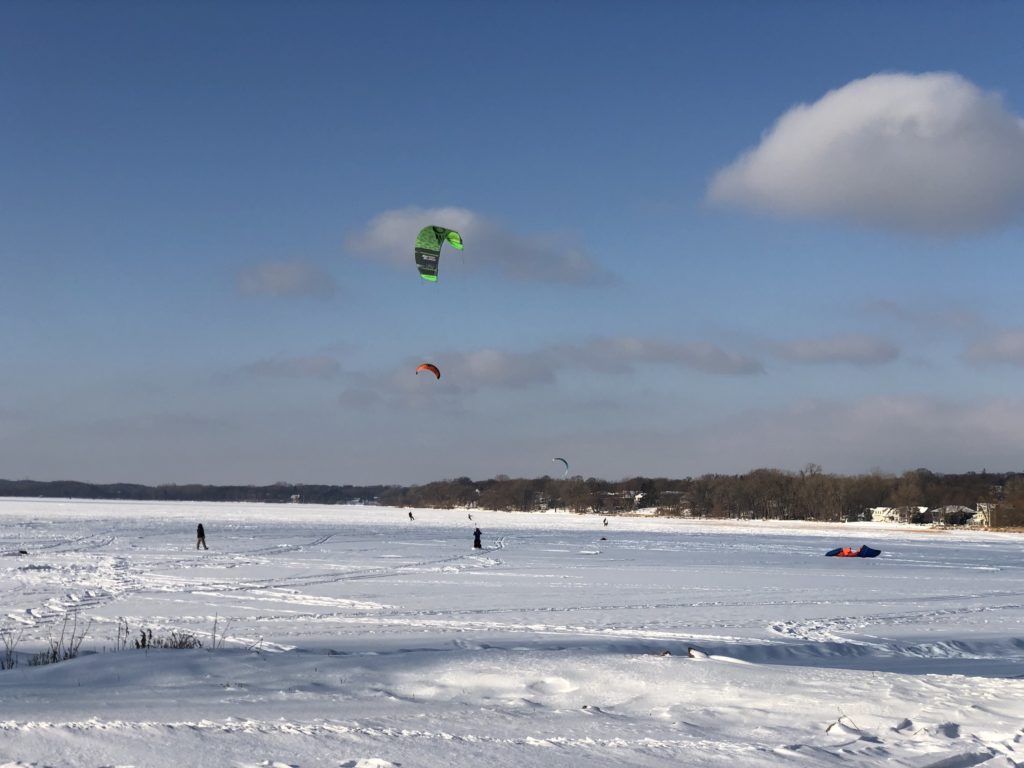
In this way, snowshoeing provides an opportunity to relax, change up our scenery, and challenge our minds. Just like the visible track marks we leave in the snow, it forces us to build new neuropathways as we take something we once viewed a barrier—cold temperature, lack of opportunity, and dreary weather—and reframe it to create something new—exercise, a breath of fresh air, and even adventure.
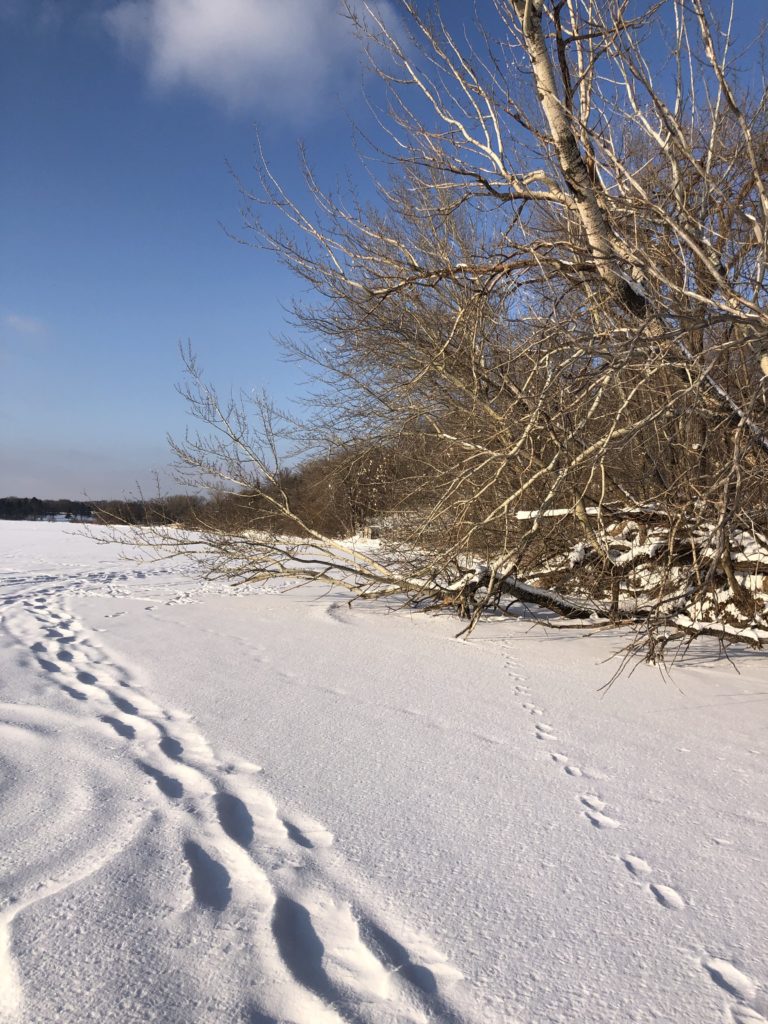
In this day and age—in the midst of a global pandemic—it’s more important than ever that we continue to explore ways that keep us healthy, not just physically but also emotionally and neuro-biologically. Neuroplasticity is a key determining factor of our health, happiness, and overall longevity, and we need to make it a priority. Whether it’s taking up a new hobby, having a conversation with a stranger, or even going snowshoeing, look for ways to stretch your mind and expand your skillset. And never underestimate the value of nudging yourself to get uncomfortable and venture outside the familiar. It can do your brain—and your heart— a whole lot of good.

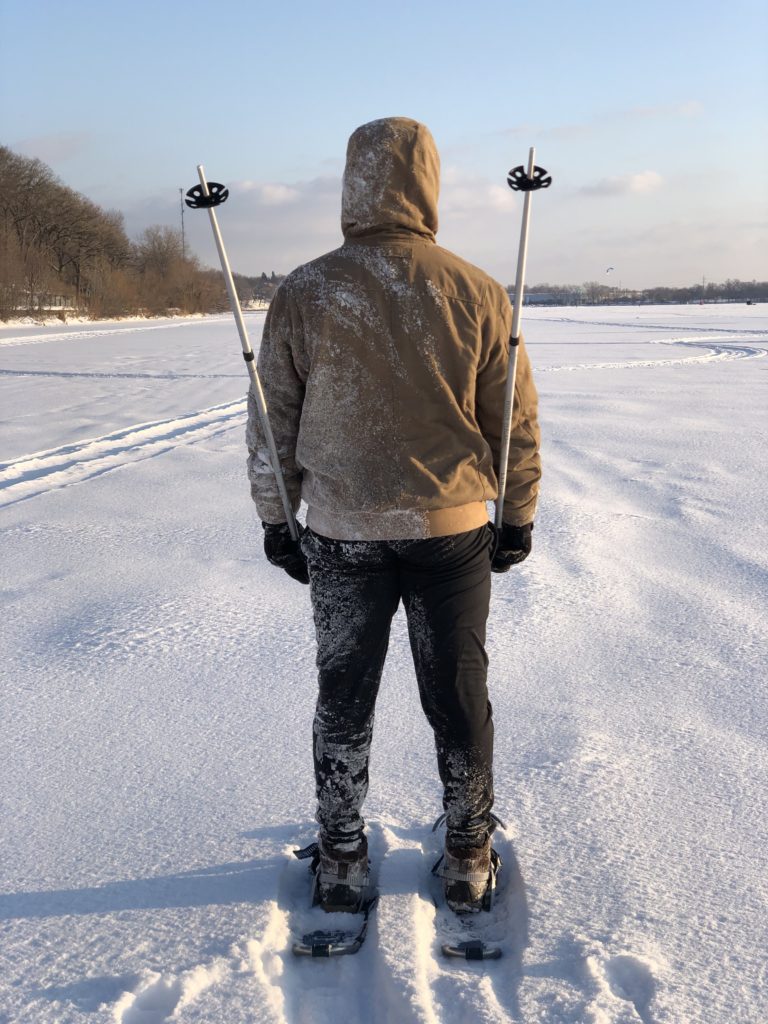
So, when was the last time you did something for the first time?
What if it was tomorrow?
What if it was today?
It’s never too soon to learn something new.
Stay malleable, my friends.
Stay malleable.

[1] Please note, I’ve paraphrased excerpts from Brown and Eagleman’s conversation for the purpose of this post. If you’re curious to learn more, I strongly encourage you to listen to the full podcast, which you can access HERE or find on Spotify.



Comments are closed.